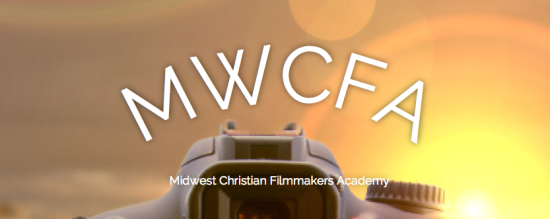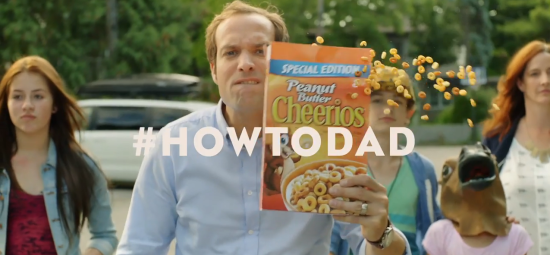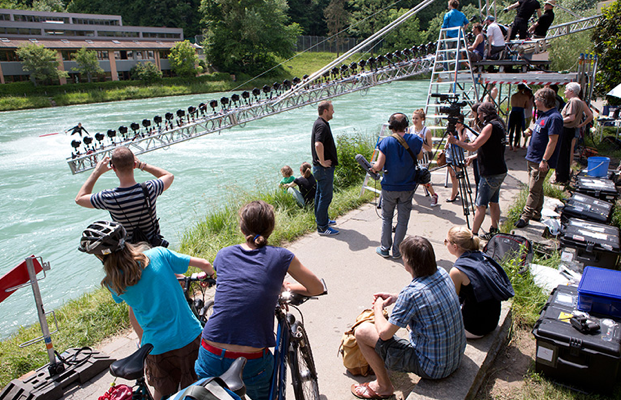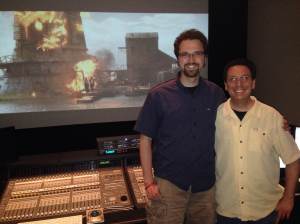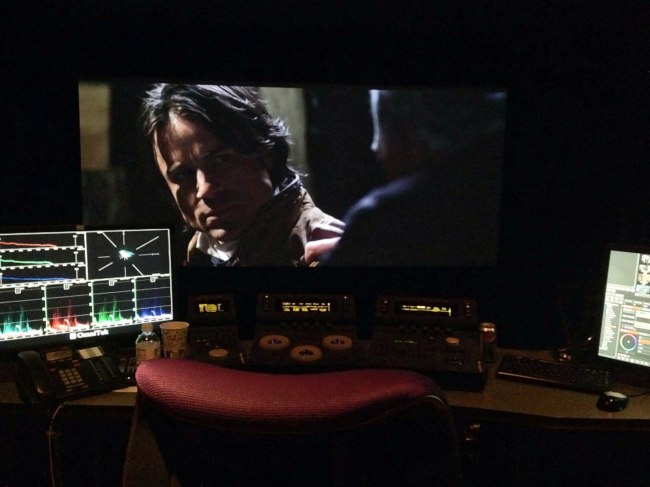
It was a great privilege to work with the talented composer, Benjamin Botkin. We can't stress enough how important it is to have the right music to bring new life and great emotional depth to the story. Ben nailed it with Polycarp, and we think you're really going to like the music!
We took some time to interview Ben so you folks can get an inside glimpse of what goes on behind the scenes in making music for film.
Polycarp Team: How did you get into music and composing music for films?
Ben: For as long as I can remember, I have always been interested in music to one degree or another. My first attempts at composing however, came in 2005, when I was sixteen. My dad was creating a documentary and encouraged me and my two older sisters to try our hand at writing the music. We had never done anything like that before, but we got some music software and over the space of a few months, we cobbled together something that resembled a crude documentary score. It was through that process that I was introduced to composition and film scoring, and developed a keen interest in both. As I spent time learning the tools and the trade I got various opportunities to score for various projects.
Fast forward nine years, and I still feel like I am at the beginning of my musical journey, but I am very grateful for the things I've learned, the opportunities I've had, and that I can be supporting my family doing something I love this much.
Polycarp Team: Some people may be curious about the process you go through to create music for a film. Would you describe that process for us?
Ben: The creative process usually begins with preliminary discussions with the director about this vision for the film--story arc, tone, style, mood, etc. Before I start scoring to picture, I like to have some time to conduct preliminary research on the style of film music needed [and] I like to create musical "sketches" wherein I experiment with different melodies, instrumentation and mood. These are rough, but they give the director an idea of where I'm planning to go with the music, and it gives a reference point for creative discussions. I also use this time to purchase any new software or hardware tools that I may need for the project (you really don't want to have to make any substantial upgrade or changes to your studio mid-project if you can help it).
When a locked edit of the film is created, the director and composer will have a "spotting session." During the spotting session we decide which spots in the film need music, which music, why, and exactly where it starts and stops. When this session is over I have a cuesheet with notes for every cue (individual piece of music) that needs to be written, and as I finish a cue I send it to the director for his feedback. It's very common for the director to have suggestions for changes (or even request whole re-writes on some cues), so it's important when I budget my time to set some aside for those inevitable change requests. As soon as he gives the cue a thumbs up, I will prepare the final audio files for whoever is doing the final mix of the film.
Polycarp Team: Is it challenging creating music for a period film?
Ben: It's definitely different from creating music for a modern day film, which is usually much more understated and minimal. It is often the case that period films have more strongly dramatic situations and you can justify creating more musically rich and dramatic music than usual.
Polycarp Team: With a story like Polycarp's, there is a big temptation to make it epic, bigger than life, yet this is really a story that focuses on the characters – it's a character drama. How do you avoid the temptation to make the music sound overly epic?
Ben: Joe [the director] was very good about reminding me that, though there are some epic parts in this film, the focus is primarily on the characters and what they're feeling. There were a couple occasions where I'd made the music for a scene very big and dramatic, and Joe would remind me "this is a tender moment--a quiet moment."
Polycarp Team: What drives you toward excellence?
Ben: There's a lot that could be said in answer to this, but I'll answer with a couple of verses that have been important to me:
Colossians 3:23,24 "And whatsoever ye do, do it heartily, as to the Lord, and not unto men; Knowing that of the Lord ye shall receive the reward of the inheritance: for ye serve the Lord Christ."
1 Corinthians 10:31 "Whether therefore ye eat, or drink, or whatsoever ye do, do all to the glory of God."
Polycarp Team: Where do you find inspiration for your music?
Ben: All sorts of places! Contrary to what some musicians and artists want to believe, I don't think that anyone can or does create in a vacuum. Human creativity is derivative in nature. On Polycarp, Joe Henline and I often referenced and discussed dozens of soundtracks or pieces of music that may inspire the creative direction of our project.
But ultimately, since God is the first and perfect Creator (and from whom is every good and perfect gift), all creative inspiration comes from Him. I have found that prayer and focusing on the Word sustains and inspires my creative energy like nothing else really does (whenever I get "too busy with work" to meditate on the Word or pray, my music suffers). On every project there are instances where I've prayed for a specific idea or breakthrough that I've needed and every time I can recall, the solution becomes clear soon after. There have been many times where I've looked back over those spots later and thought "wow... that music is a lot better than I'm able to write. That didn't come from me."
I think about Psalm 127:1 a lot when I'm working on projects: "Except the LORD build the house (or score), they labour in vain that build it."
Music Preview
Not many people have heard a sneak peek from the Polycarp soundtrack yet, so we decided to share a small sample of what you'll hear in the movie. Enjoy!
If you missed the Kickstarter campaign and would like to support the production of Polycarp, you can still do so here.
-Official movie website
-Facebook page
-YouTube
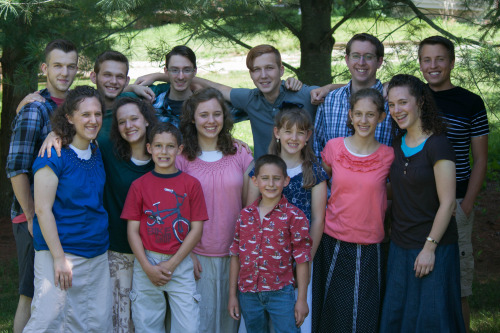
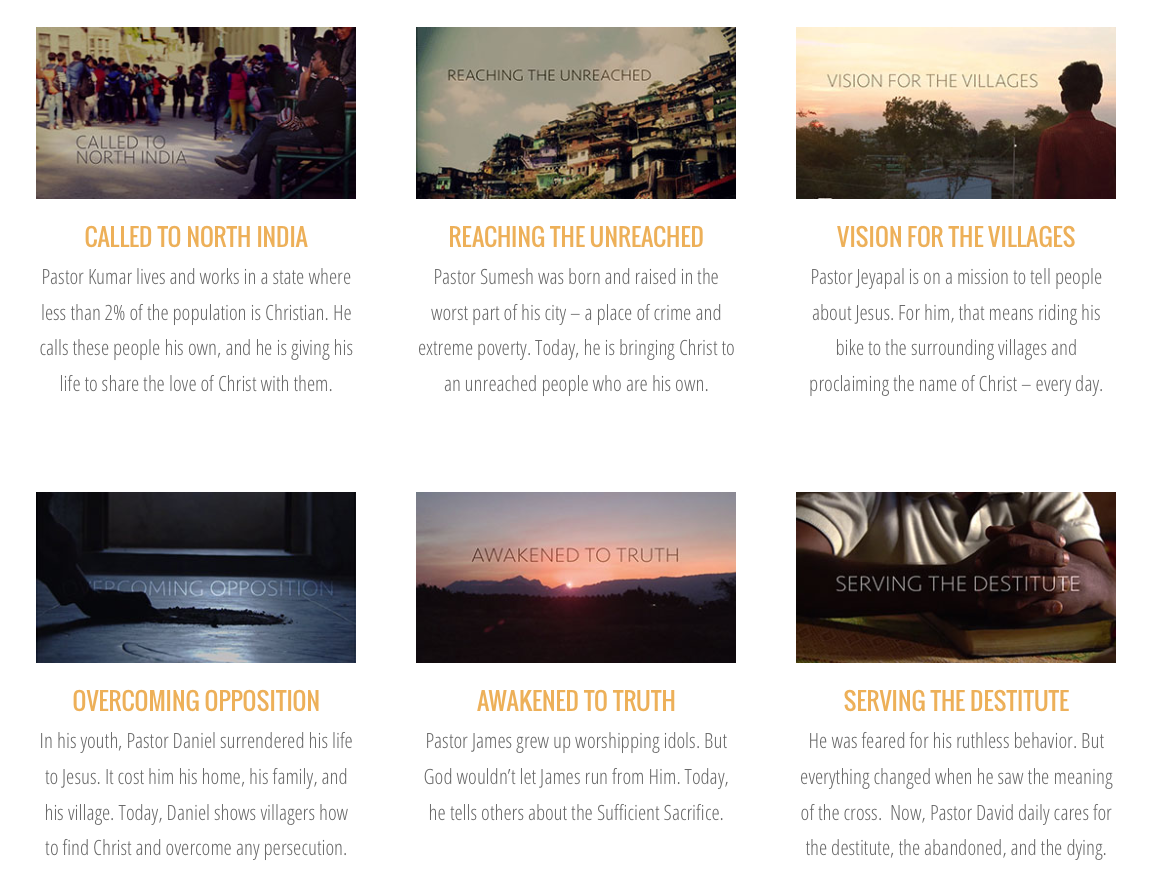



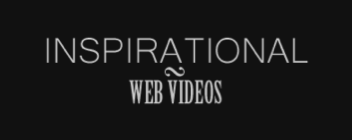

 Post a Comment
Post a Comment




